If you watch big entrepreneurs or successful businessmen of our generation, you will notice a common pattern. Although they are successful, they are not satisfied. They always look for the next steps and ask what to do next. That is why they are successful and have made their name.
You are a marketplace owner, you have found your product market fit and have a steady revenue stream. What will you do? Lay back and enjoy the success? Or get up and find ways to make your marketplace the next big thing?
After a certain period, there comes a time when you need to scale your marketplace. You need to expand your horizons, try different locations, and add new products to try to gain new customers.
If you are from the second group, then this blog is for you. We are going to talk about how to scale a marketplace using our experience of 10+ years in the eCommerce marketplace industry.
Piqued your interest? Let’s get started, shall we?
Best Way to Execute Scaling a Marketplace
From what we’ve seen working with successful marketplace founders for the past 10+ years, the process of scaling a marketplace broadly tends to follow these four steps:
- Decide how you’ll scale your marketplace
- Choose your next market
- Create a playbook
- Raise funding
Next, we’ll explain in detail what each of these steps do and how to go about it.
Step 1: Decide How You’ll Scale Your Marketplace
Before choosing the next market to expand into, it’s important to decide how you want to scale.
For example, if you are an owner of a home cleaning marketplace and established product-market fit in your city, you can consider three primary scaling strategies:
- Expanding to new locations
- Adding more categories
- Targeting different customer segments
1. Scale Into New Locations
Scaling by location is one of the most common strategies for growing a marketplace, especially for businesses with a local focus.
This approach involves replicating your existing model in a new city or region while maintaining the same customer segment and service category.
Take Uber and Airbnb as examples. Their core offerings—on-demand rides and peer-to-peer rentals—have remained largely consistent over the years. Their growth has primarily been driven by expanding into new locations across the globe.
2. Scale Into New Categories
If you are reluctant to move into a new location, you could focus on offering additional services within your current market.
For example, if you run a home cleaning marketplace, you could expand your offerings to include home repair services. This approach can be effective since you’ve already built trust with your customer base, making them more likely to explore and adopt the new services you provide.
3. Scale Into New Customer Segments
The third option is to maintain your current location and category but shift your focus to a new audience.
For instance, if your cleaning service primarily serves residential clients, you could expand into the commercial cleaning market.
However, keep in mind that scaling by customer segment often collides with scaling by category. Serving business clients might require introducing new offerings like industrial cleaning services.
For marketplaces that aren’t location-based, scaling by category or customer segment can be a logical next step. If you run a platform for peer-to-peer online events, you could extend your services to include events tailored for business customers.
Which Scaling Vector is Right for You?
Choosing the right scaling strategy depends on your marketplace and where you see the greatest growth potential. Consider the following questions:
- Where does the biggest opportunity lie?
- What aligns best with your current strengths?
- What resources do you have available?
- What excites you and your team the most?
While the last question may seem less analytical, it’s equally important. If you’re at the point of scaling, you’ve likely spent significant time engaging with your user base, addressing their pain points, and refining your business model.
Your team’s instincts are likely informed by experience and expertise in your industry.
Remember, you’re not limited to one scaling path. Many successful marketplaces adopt a combination of strategies as they grow.
The key is to choose an approach that aligns with your goals, resources, and vision and remain flexible as your business evolves. Choose a clear direction for your next growth phase, execute well, and learn from the experience.

Step 2: Choose Your Next Market
Selecting your next market is as critical as choosing your primary niche. So take the time to make an informed decision. Start by asking these two key questions:
- Can I replicate my success in a new market?
- If yes, what’s the minimum investment required to make it happen?
Generally, the closer the new market is to your current one, the smoother the transition will be.
Expanding to markets within the same country or state is often less complex than venturing into foreign markets.
If you’re new to scaling, starting closer to home is typically a smarter approach. To assess the potential of a new market, evaluate these five critical factors:
- Market Size: Determine whether the market is large enough to support your business growth.
- Cultural Differences: Understand local preferences, behaviors, and values that could impact your offering.
- Competitive Landscape: Research existing competitors and identify gaps your marketplace could fill.
- Technology Penetration: Assess how familiar the target audience is with digital platforms and online transactions.
- Regulation: Review any legal, tax, or compliance requirements that may affect your operations.
Thorough market research is essential for identifying the similarities and differences between your current market and the new one.
This process mirrors the pre-validation work you did when launching your first market:
- Identify potential users online and offline.
- Conduct interviews to understand their needs and experiences.
- Listen to their concerns and present your solution.
- Analyze their feedback and refine your approach.
The good news? This time, audience research is much easier. You already have a functioning marketplace, a proven solution, and real metrics to showcase to potential users and suppliers.
Let’s dive deeper into each of these five factors.
1. Market Size
After achieving product-market fit in California, should your next move be to Texas, Alabama, or perhaps a larger, more distant city like New York?
While the attraction of New York may be strong, it’s wiser to expand to a market closer to home and similar in size to your first.
This approach allows you to apply your existing knowledge more effectively and limit the number of new variables you’ll need to navigate.

Market size isn’t just about population. You also need to evaluate the total addressable market (TAM) for your specific offering.
A smaller city with a high concentration of your target audience could offer more potential than a larger city where demand for your service is limited.
2. Cultural Differences
Some cultural differences, like language, are easy to spot. Others, are more subtle and may catch you off guard if you’re not prepared.
When assessing cultural differences, consider the following questions:
- Do people in the new market respond to different messaging styles?
- How does the level of trust differ between your current market and the new one?
- Is your marketplace concept already familiar in the new market, or will you need to educate your audience?
- Are there differences in customer expectations or service standards?
Usually, cultural differences are less of a challenge if you keep close to your home market. But not always.
Curtsy, a marketplace for second-hand clothes, initially focused on renting formal dresses at Southern U.S. universities, where student culture revolves around events for which students need a lot of formal wear.
So even if you think you know your next market well, you may encounter cultural factors that only emerge as you move forward with your expansion plans.
3. Competitive Landscape
In your market, you might have enjoyed the advantage of being a first mover. But what’s the competitive landscape like in the market you’re considering? Are you up against a dominant player, or is the space fragmented with smaller competitors?
Understanding the competition is crucial for determining the resources required to thrive.
A Nielsen report highlights that 62% of new products fail within the first year due to a lack of differentiation. Similarly, a 2023 Gartner study revealed that companies with strong brand differentiation experience an average 24% higher customer retention rate.
If you’re entering a market with well-established competitors, a clear differentiation strategy becomes essential. You may also need to allocate more resources to marketing, branding, and user acquisition to stand out and capture market share.
4. Technology Advancement
The tech habits of your new market can play a pivotal role in shaping your expansion strategy.
- Is the market primarily online or offline?
- Do users favor desktop platforms or mobile apps?
- What are the preferred payment methods—credit cards, mobile payment apps, or invoicing?
These factors can have a profound impact on your product roadmap. For instance, entering a market with high mobile usage may require prioritizing mobile app development to align with local user preferences.
According to a 2023 GSMA report, smartphone adoption in Singapore is significantly higher than in Japan, showing how tech habits can vary greatly even within tech-savvy regions.
Understanding these nuances makes sure your products connect with the target market and meet user expectations.
5. Market Regulation
Market regulations can differ significantly depending on the location and industry, especially when expanding internationally.
For example, each country has its own set of rules for controlled products or specific labor categories, such as care services, education, or operating two-sided marketplaces.

Here are some critical regulatory areas to evaluate:
- Labor laws
- Consumer protection regulations
- Data privacy laws
- Industry-specific regulations
- Platform-specific regulations
- Online payment compliance
For your expansion, consider markets within the same country or state to simplify the process. Local regulations will likely be more consistent, and cultural differences less challenging, allowing you to focus on scaling effectively.
Should You Go International? If You Do, Then When?
Deciding when to go international depends on the readiness of your marketplace and its market dynamics.
In some cases, expanding beyond your home country may be inevitable sooner than expected.
For example, a marketplace like Drive lah, which started in Singapore, found that their model worked well in densely populated areas.
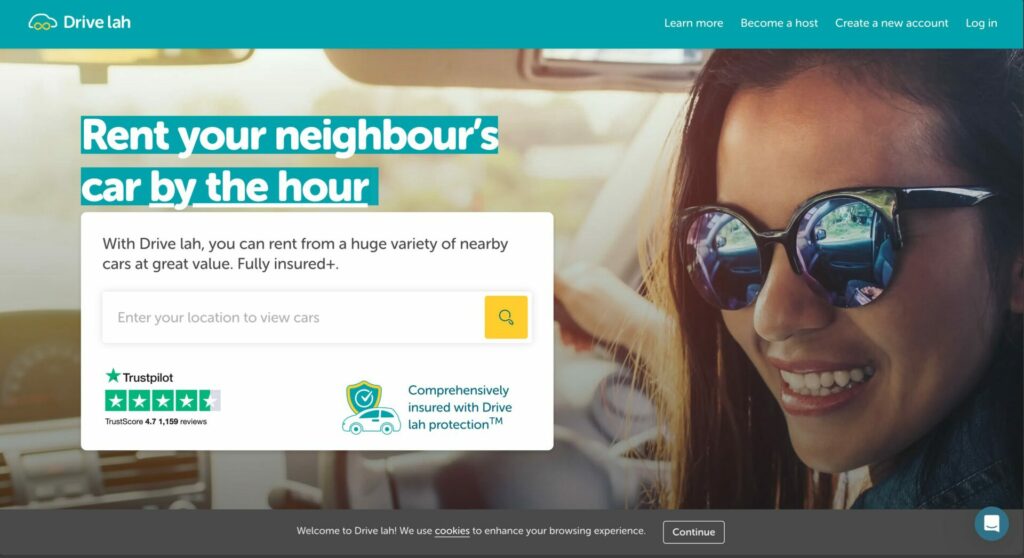
After achieving success in Singapore, they expanded to Sydney, Australia. This rapid scaling was possible because their business model demanded it, considering Singapore’s small geographical size and population.
However, if promising markets are available within your home country, there’s no rush to expand internationally.
A marketplace based in the U.S. can grow domestically for years, while a business in Finland might find it necessary to look abroad sooner. Ultimately, if global expansion is your goal, you’ll need to make the leap eventually.
Even if there are multiple appealing international markets, start with one. The key is to prove that your marketplace can scale effectively in a new market and understand the investment needed to achieve product-market fit.
Expanding too quickly can spread resources thin, potentially harming your long-term success.
Step 3: Create a Playbook
Launching a marketplace involves a lot of trial and error. You’ll learn what works and what doesn’t, including effective marketing strategies, operational hurdles, and what to avoid.
As you scale to a new market, you’ll uncover similar insights. Comparing your experiences across markets will allow you to document lessons learned and turn them into a marketplace growth playbook.
Here are the elements to include in your playbook:
- Timeline for Market Launches: From research to launch, map out the stages.
- Budget Templates: Different types of expansions (e.g., new city vs. new country) require different budgets.
- Marketing Strategies: Document the strategies that have driven growth and engagement in new markets.
- Operational Procedures: Include standard operating procedures for supplier vetting, customer support, and more.
- Tech Adaptations: Consider adjustments for new markets, such as integrating new payment systems or adding language support.
- Regulatory Checklist: Outline regulatory requirements and how to address them.
- Challenges & Solutions: Record obstacles faced and the strategies used to overcome them.
- Promising New Markets: Include markets that might be potential targets for future expansion.
Having a detailed playbook will allow you to scale into multiple markets effectively. However, be ready to adapt your approach to each new market.
Your playbook should evolve as you gather more experience. It serves not only as a roadmap for scaling but also as an invaluable asset when presenting your strategy to investors, showcasing that you have a clear, efficient plan for growth.
Step 4: Raise Funding
With a playbook in place and a market identified, the next step is securing funding for scaling. Expanding a marketplace can be capital-intensive, especially when entering competitive markets or pursuing rapid growth.
Here’s the typical funding timeline:
- Problem/Solution Fit: Keep funding minimal, using your resources or small investments from friends and family.
- Product/Market Fit: At this stage, consider raising some funding, but aim to keep it modest.
- Scaling Stage: This is when significant investment might be necessary, particularly if rapid growth is the goal.
Explore the following funding options:
- Bootstrapping and Organic Growth: If you want full control over your marketplace and are targeting a smaller addressable market, bootstrapping may be ideal.
- Non-Dilutive Funding: Loans or grants don’t require equity in your company, making them attractive for some businesses. While typically cheaper than equity financing, loans need to be repaid with interest.
- Crowdfunding: Crowdfunding allows you to raise small amounts from a large number of individuals. It’s effective if your marketplace has a strong community.
- Venture Capital (VC): If you’re targeting fast growth in a large market, venture capital might be the right choice. However, it comes with trade-offs, like giving up some control of your business. Use your playbook to demonstrate a measured approach that ensures sustainable growth before expanding to new markets.
Your funding choice depends on your growth ambitions, the market size, competition, risk tolerance, and current traction. For marketplaces with solid success, better funding terms are often available.
Keys to Successfully Scaling Your Marketplace Business
Before we close, here are some strategies to successfully scale your marketplace business-
1. Build Your Growth Engine Around High-Impact Programs
Growth in a marketplace comes from leveraging network effects and the flywheel effect. A marketplace can accelerate value as more buyers and sellers join, creating a self-perpetuating growth cycle.
The more users interact, the more valuable the marketplace becomes.
2. Manage Core Metrics That Drive Economic Value
As your marketplace grows, focus on metrics that directly correlate with profitable growth, such as transaction volume, revenue per user, or utilization rates.
Avoid getting sidetracked by metrics like social media followers or company valuation.
3. Improve Product Efficiency
Scaling reveals inefficiencies in your product. High customer drop-offs or payment issues can cost more than the development time required to fix them.
Prioritize product improvements that lead to measurable growth.
4. Invest in Specialized Skills
As your marketplace scales, hire or train specialized employees (e.g., economists, supplier managers) to help balance supply and demand or improve operations. Specialized insights can unlock hidden value and drive growth.
5. Manage Stakeholders in Your Ecosystem
Your marketplace’s position as an intermediary affects a broad range of stakeholders—buyers, sellers, partners, regulators, and communities. Be proactive in managing relationships and addressing stakeholder concerns.
6. Leverage Your Marketplace Model’s Competitive Advantages
A marketplace model inherently provides advantages over traditional intermediaries (like lower costs or wider product selection).
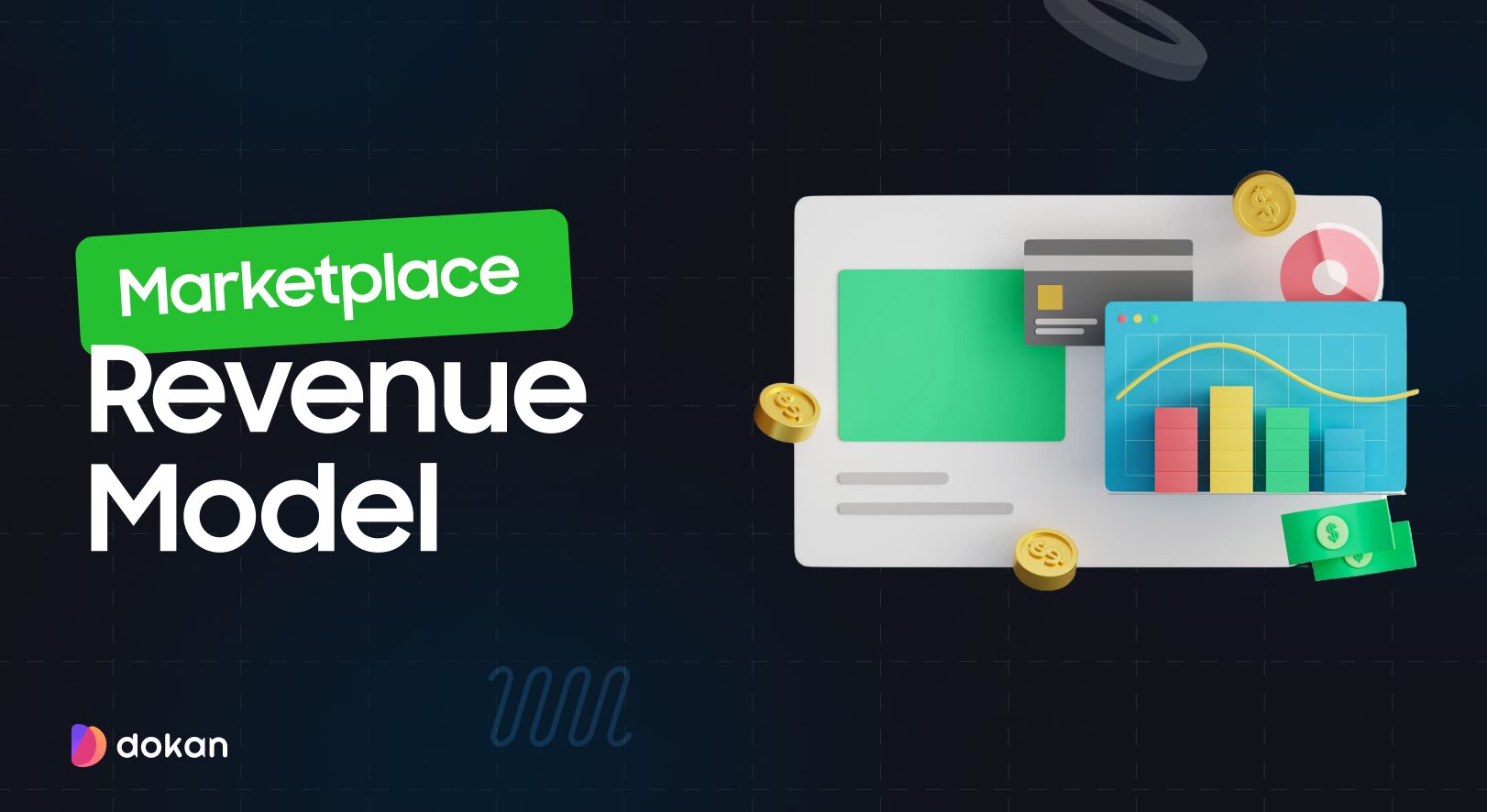
Differentiate your marketplace from other competitors by offering superior customer service or creating a more trusted, loyal user base.
7. Stay Aligned to Your Marketplace’s Core Purpose
Make sure to maintain the core vision of your marketplace—why it exists—and use it to align employees, partners, and customers around a shared goal.
Successfully navigating the complexities of scaling requires a balanced approach, combining strategy, funding, and operational expertise. With a clear playbook and careful execution, your marketplace can scale effectively into new markets and continue to grow.

Scale Your Marketplace Properly
If you are reading this, then that means you know how to properly scale your marketplace. We have four key steps:
- deciding how to scale
- choosing the next market
- creating a playbook, and
- raising funding.
We also provided key insights and strategies for successful scaling. If you follow our guide closely, then you will not have any problem scaling your marketplace and taking it to the next level.
If you have any queries or want advice on how to scale your marketplace, then come talk to us in the comment section.
Subscribe to
Dokan blog
We send weekly newsletters, no spam for sure!

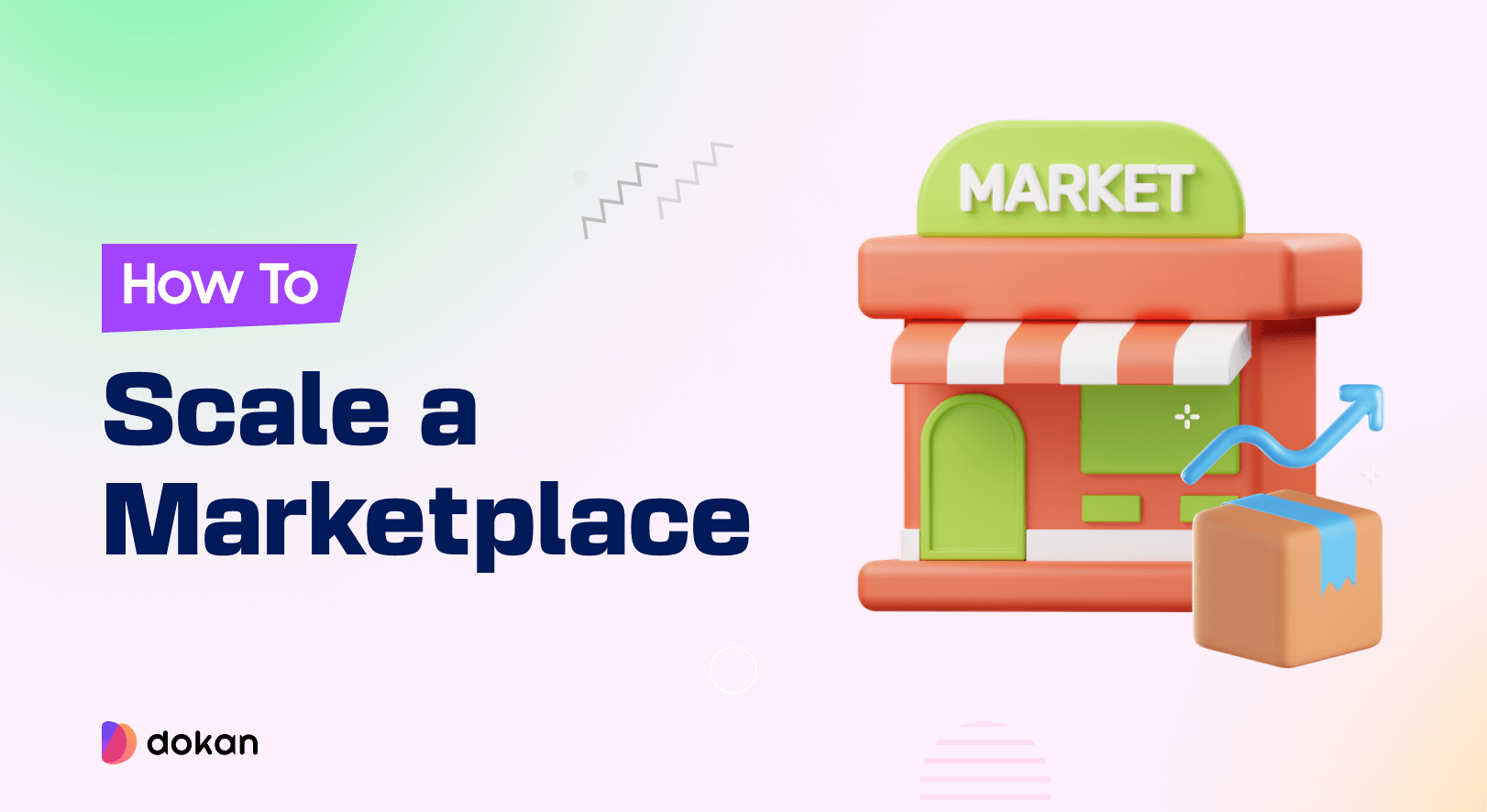

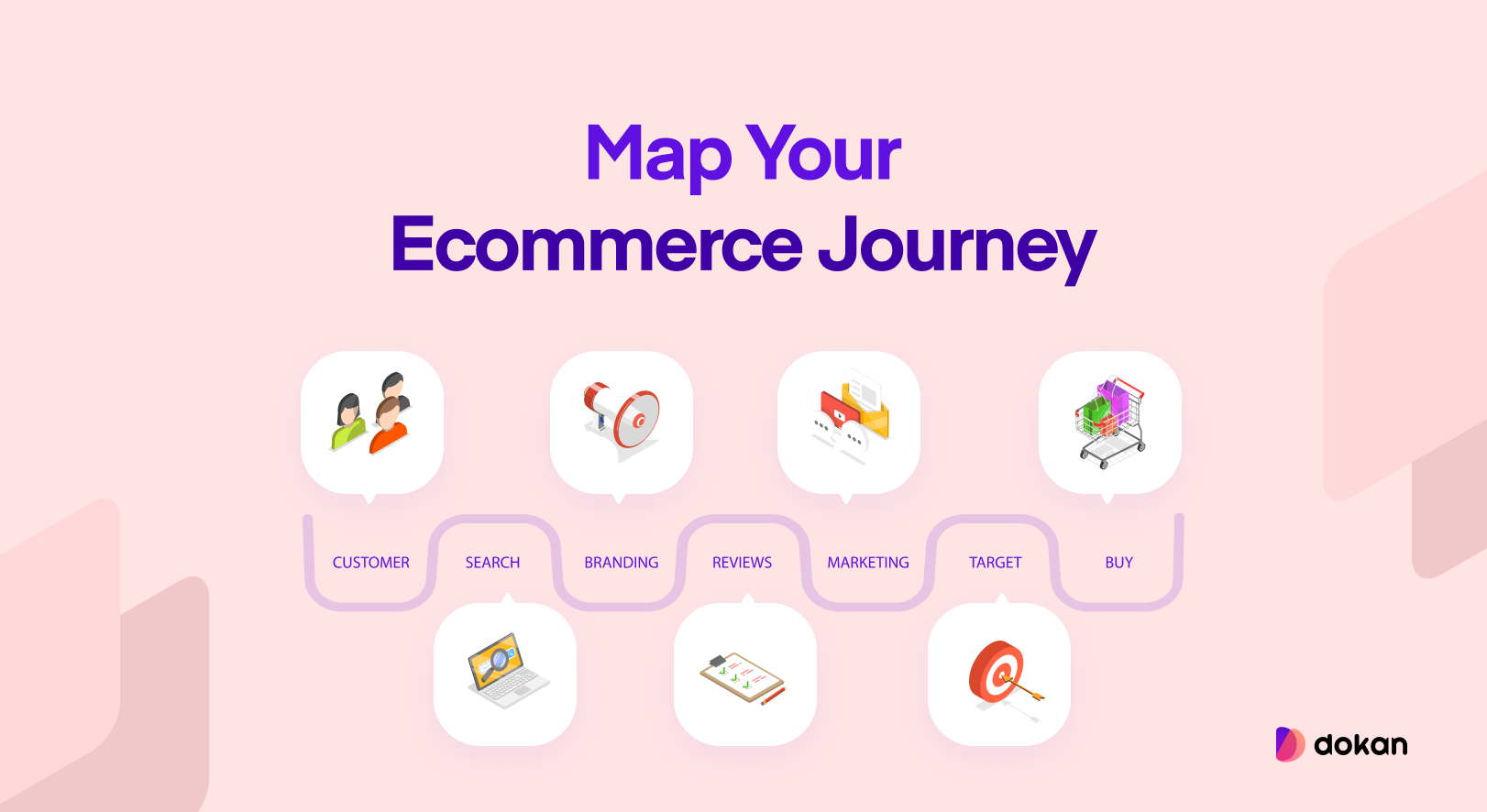
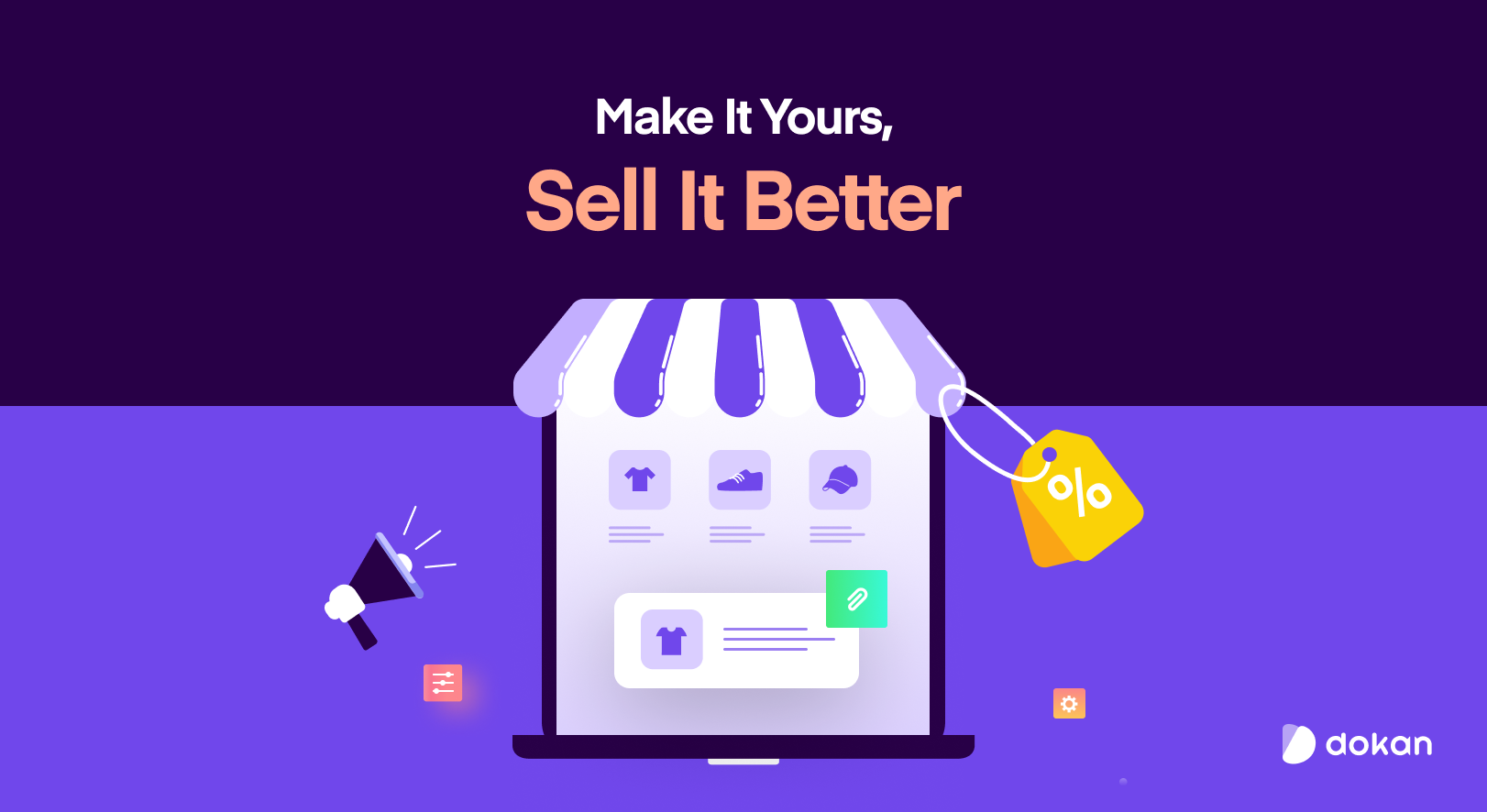
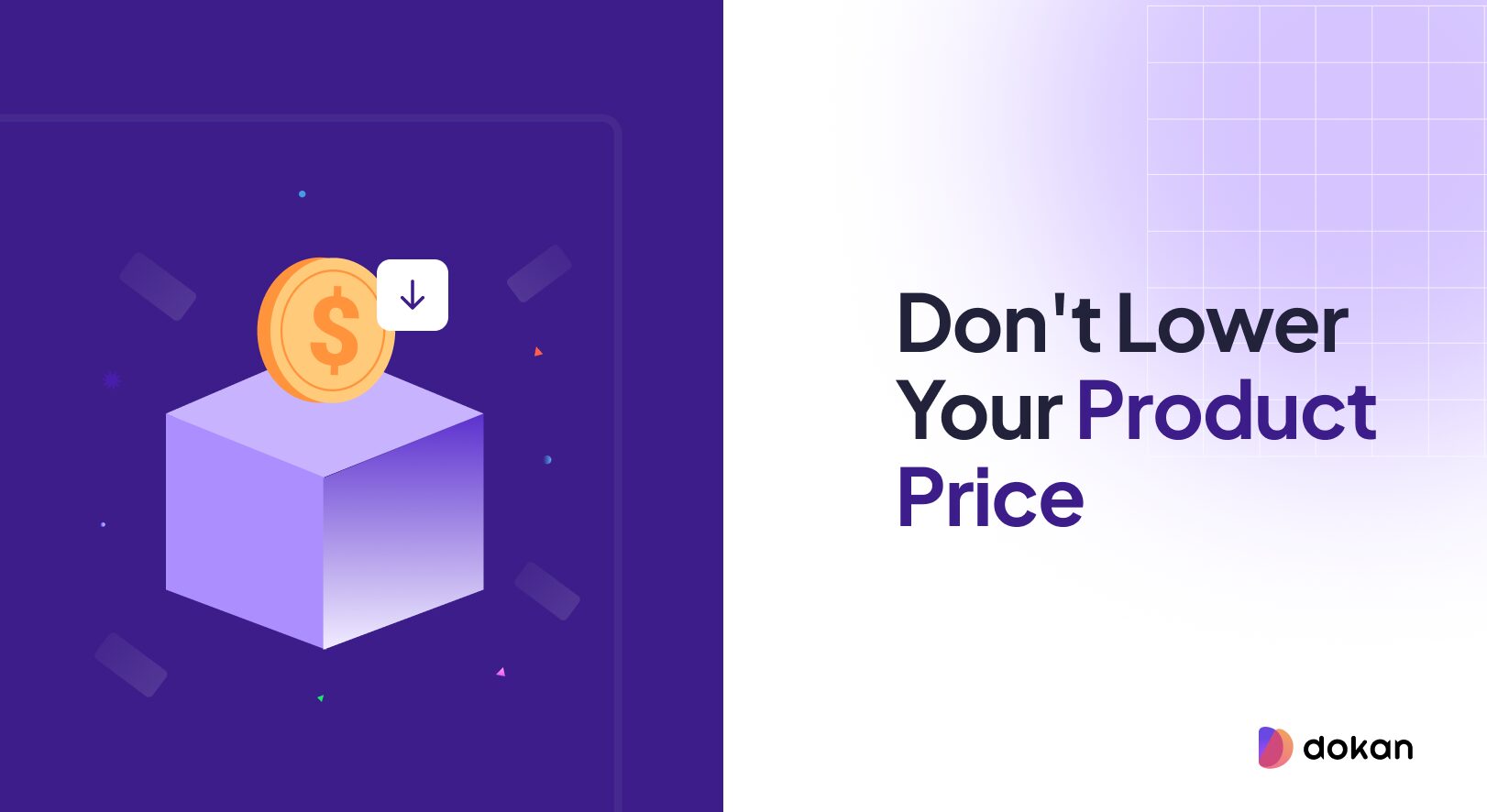

Leave a Reply